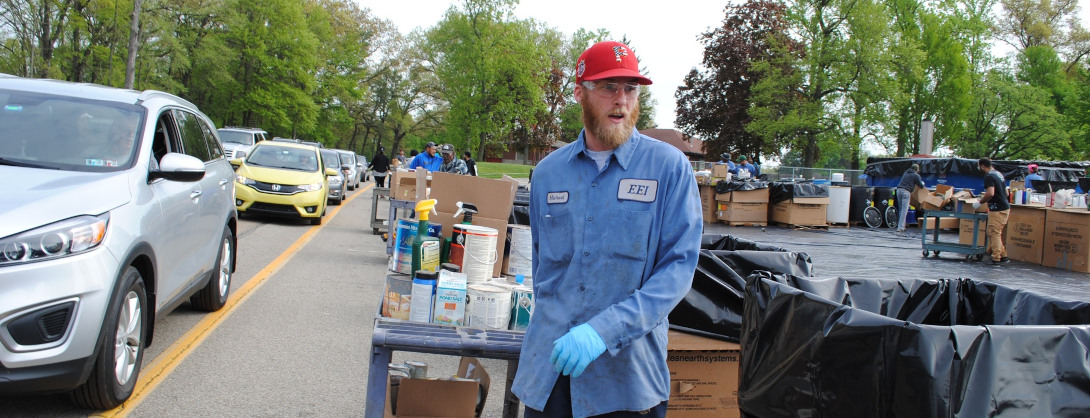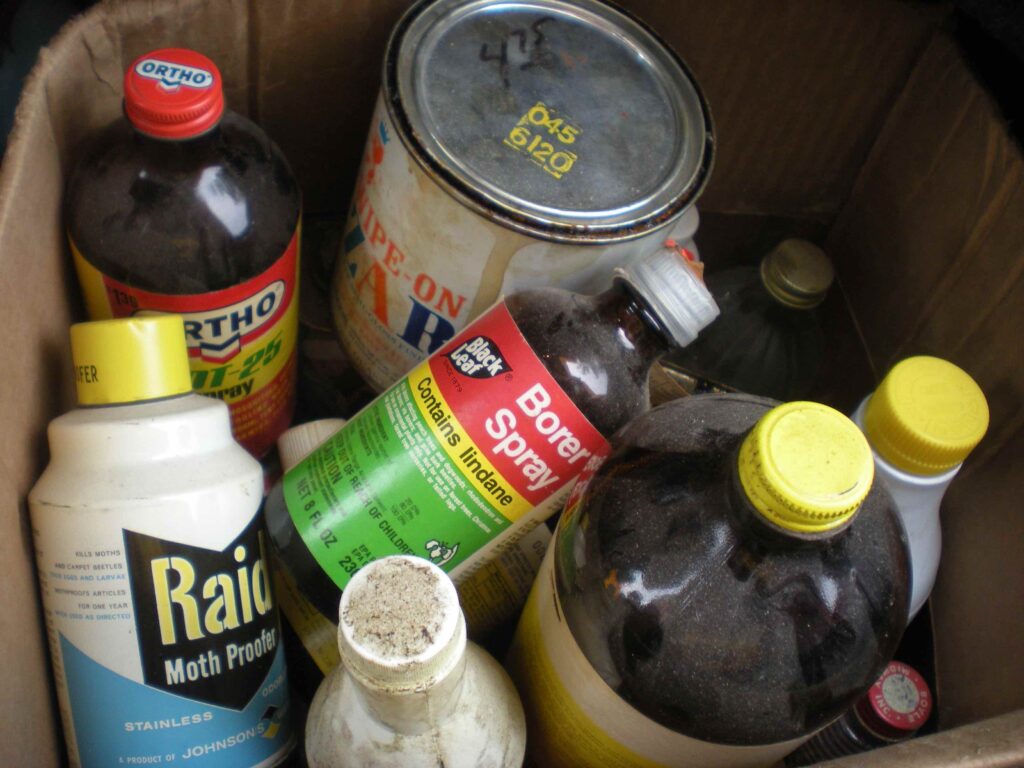2024 SCHEDULE & REGISTRATION SHOWN BELOW IN BLUE BOX
Since 2003, Pennsylvania Resources Council has hosted Household Chemical Collection Events in Southwestern Pennsylvania. The program is made possible by the support of many partners and volunteers. The events have directly resulted in the safe management of 6,000,000 lbs of household chemicals.
The events are restricted to household quantities of household chemicals. If you have materials generated by a business or other commercial source, please contact us for assistance. For events outside of Western Pennsylvania, please contact your County Recycling Coordinator. We also have information for counties we partner with at our events.
Procedures & Fee Structure
- Registration Required
- $20 fee for up 10 gallons/50 lbs per vehicle assessed on all participants
- All forms of payment accepted
- All items MUST be placed in car trunk or truck bed
- Remain in your vehicle at all times while contractor unloads materials
Additional Fees
- $12 per fire extinguisher
- $15 per pound of liquid mercury
- Oversized loads – fee to be determined at the discretion of on-site staff
PRC strives to keep the cost of these services as affordable as possible. Fees charged to event participants cover less than 25% of the programs cost. The remaining costs are supported by the State of PA, County Government sponsors, and through grants from charitable foundations and contributors.




